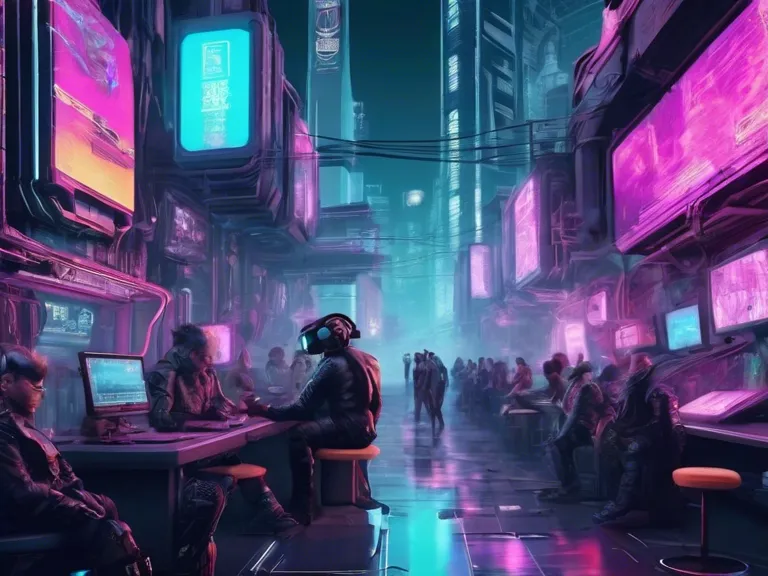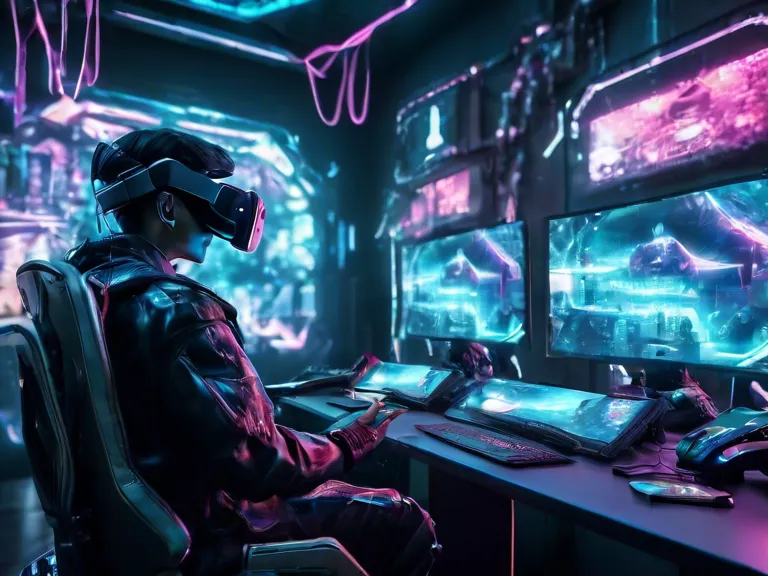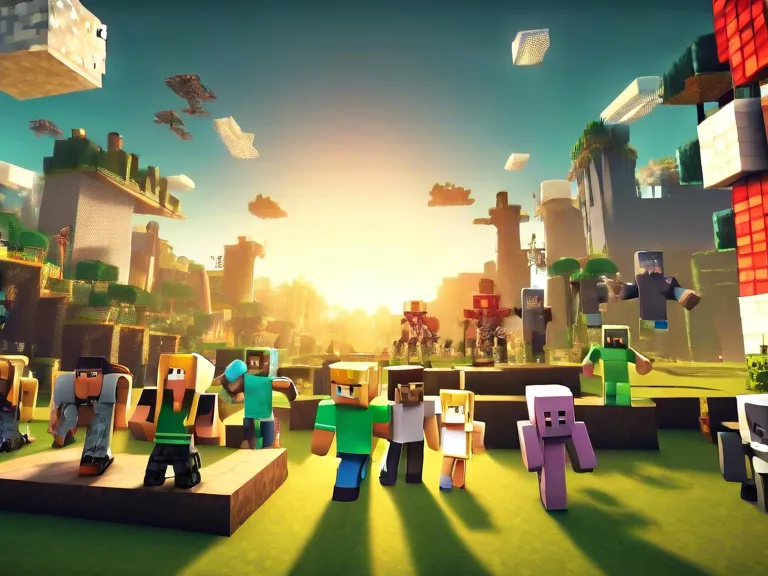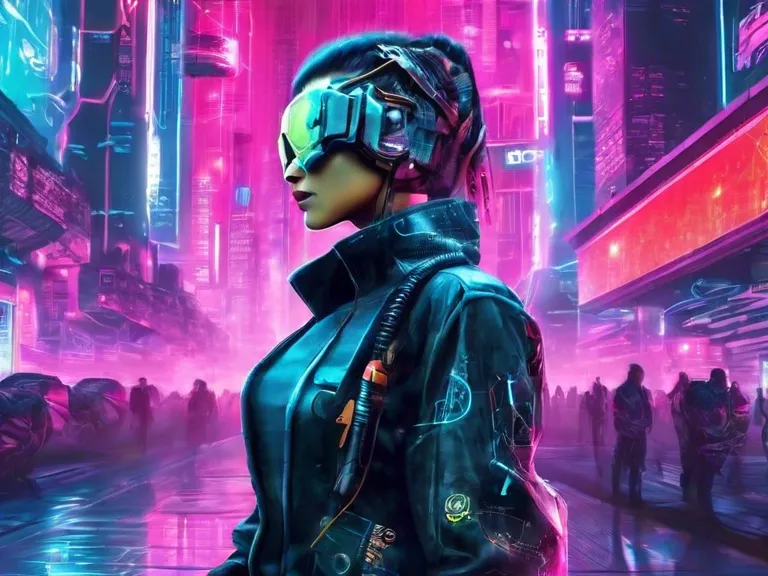
Cyberpunk, a genre that merges high tech with low life, has been a prevalent theme in digital art and virtual realities over the years. As technology continues to advance, the visual aesthetics and themes of cyberpunk evolve alongside it. From the neon-lit cityscapes to the grimy back alleys, here are some future trends to watch out for in the world of cyberpunk art.
One of the biggest trends in cyberpunk digital art is the incorporation of augmented reality (AR) and virtual reality (VR) technologies. Artists are exploring ways to immerse viewers in their cyberpunk worlds through interactive experiences that blur the lines between the digital and physical realms. This can range from AR exhibits that bring digital art into the real world, to VR installations that transport users to dystopian cityscapes.
Another emerging trend is the use of artificial intelligence (AI) in creating cyberpunk art. AI algorithms can generate intricate cyberpunk landscapes, characters, and objects, allowing artists to focus on the conceptual aspects of their work while leaving the technical details to the machine. This collaboration between humans and AI is pushing the boundaries of what is possible in cyberpunk art.
In terms of visual aesthetics, cyberpunk art is embracing a wider range of styles and influences. While the classic cyberpunk look often features a dark, rainy metropolis with neon lights and futuristic technology, artists are now experimenting with different color palettes, textures, and architectural styles. This diversity in visual language adds depth and richness to the cyberpunk genre, allowing for more nuanced storytelling and world-building.
The rise of blockchain technology is also impacting cyberpunk art, particularly in the realm of digital ownership and scarcity. By tokenizing digital art, artists can create limited editions and ensure the authenticity and provenance of their work. This shift towards decentralized ownership has the potential to revolutionize the art world and empower creators to take control of their own digital assets.
As we look to the future of cyberpunk art and virtual realities, it is clear that the genre will continue to evolve and adapt to new technologies and societal trends. Whether it's through immersive VR experiences, AI-generated landscapes, diverse visual styles, or blockchain-powered ownership, the world of cyberpunk art is ripe for exploration and innovation.



